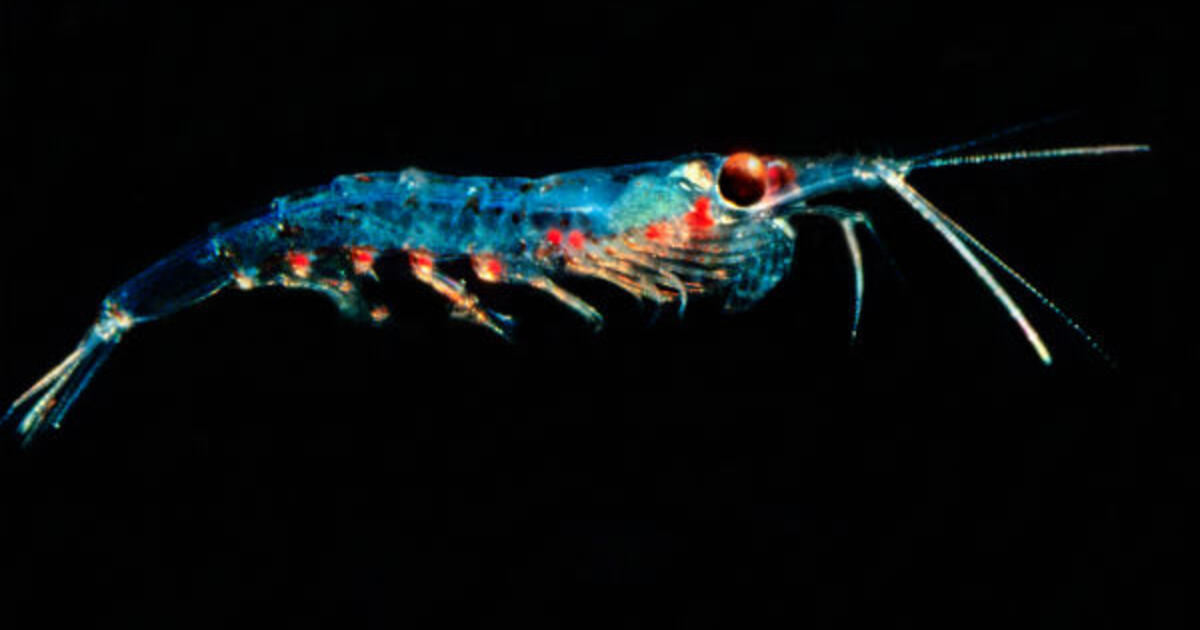Event Blog 4 Extra Credit: Noise Aquarium
On May 14th I had the opportunity to visit Professor Vesna's demonstration of her Noise Aquarium. It was clear that the project was intended to raise awareness of the growing contamination of our oceans, stressing that microplastics and noise pollution are two major factors.
 |
| Plastic contamination on the African coast |
Recently, the United Nations released a report stating that we have until 2024 to change our behavior or else our underwater contamination issue will become unrectifiable. They moved their previous timeline up by seven years, emphasizing in the report that our ocean pollution levels have been rapidly increasing. What people have to understand is that what plankton consume ultimately makes its way up the food chain and into the food we eat. Plankton absorb the microplastics in the water, small fish consume plankton to survive, and the mammals who eat those fish, including us, absorb the leftover harmful materials. What is even more dangerous, according to the Scientific Journal, are nanoplastics. Nanoplastics are so tiny that they are essentially impossible to locate and extract.
 |
| Plankton |
Professor Vesna said that she worked on this project over the course of 3 years, 3D scanning 8 different species of plankton and reanimating them to resemble the way they would behave in their actual environment. She made recordings of common underwater sounds, such as oil fracking, the passing of shipping boats, and fishing. Oil fracking especially poses serious problems because it can disrupt the communication between some species of fish, like dolphins. At the event, participants, including myself, would stand on a plate and move in either the X, Y, or Z direction. A plankton would appear extremely enlarged on a screen. As seen on the image below, the plankton (white blob), was surrounded in its underwater environment by floating microplastics. We would try and move in a specific way to ensure that the plankton remained "balanced in its natural habitat." After researching, I learned that plankton surprisingly have a huge impact on our environment. In fact, Dr. Timmu Yi from Cambridge University claimed that plankton are responsible for more than 80% of our oxygen.
 |
| Plankton animation on screen |
All in all, I really enjoyed attending this event because I felt it made viewers understand that we play a role in helping to change the world's poor treatment of our ocean's. The project was a very interesting take on this topic. I would certainly recommend others to go if Professor Vesna decided to host this again.
 |
| Me attending the Noise Aquarium |
Agar, Robert. “Why Is Plankton Important?” Sciencing, 2 Mar. 2019, sciencing.com/phytoplankton-important-5398193.html.
Vesna, Victoria. “NOISE AQUARIUM.” The Paseo Project, 2018, paseoproject.org/portfolio/victoria-vesna/.
“Nanoplastic Should Be Better Understood.” Scientific Journal, Nature Publishing Group, 3 Apr. 2019, www.nature.com/articles/s41565-019-0437-7.
Israel, Brett. “Noise Pollution from Fracking May Harm Human Health.” Phys.org, Phys.org, 12 Jan. 2017, phys.org/news/2017-01-noise-pollution-fracking-human-health.html.
Dipplo, Allie. “Dolphin Communication.” Dolphin Facts and Information, 2 Mar. 2016, www.dolphins-world.com/dolphin-communication/.
Doubek, Joshua. Plastic Contamination. Photograph. 2018. https://phys.org/news/2017-01-noise-pollution-fracking-human-health.html.
American Museum of Natural History. Zooplankton. Photograph. 2017. https://www.amnh.org/explore/news-blogs/news-posts/for-plankton-one-size-doesn-t-fit-all.
No comments:
Post a Comment